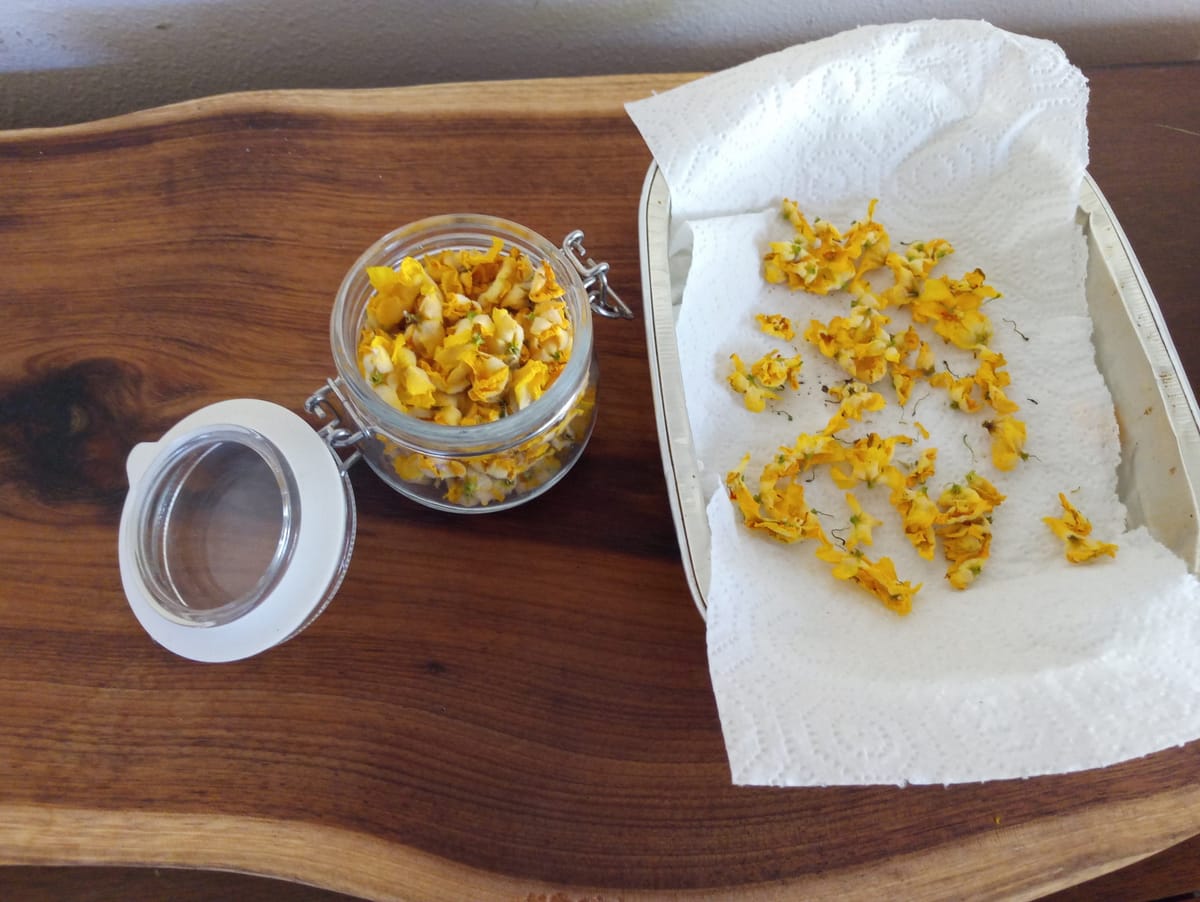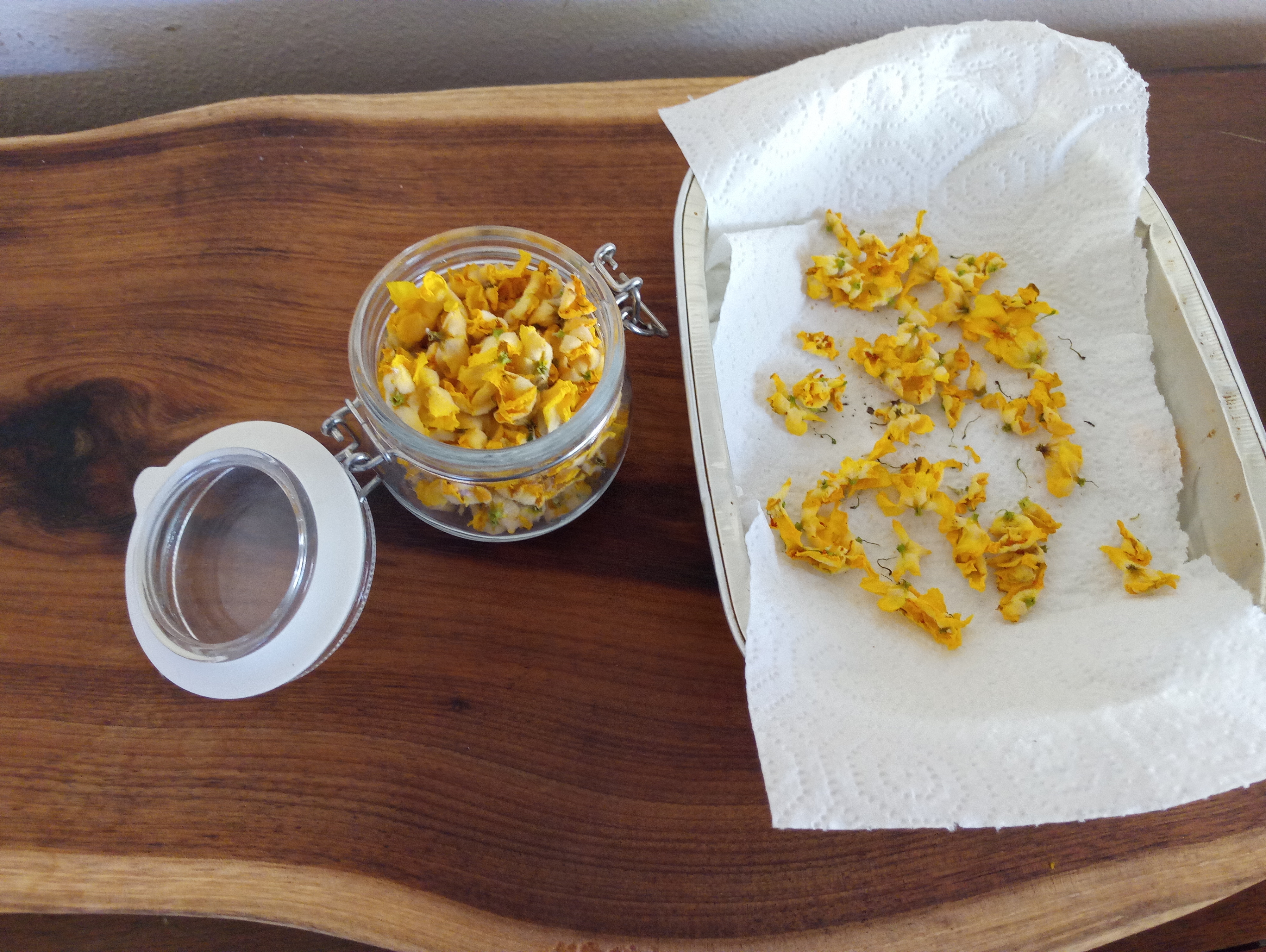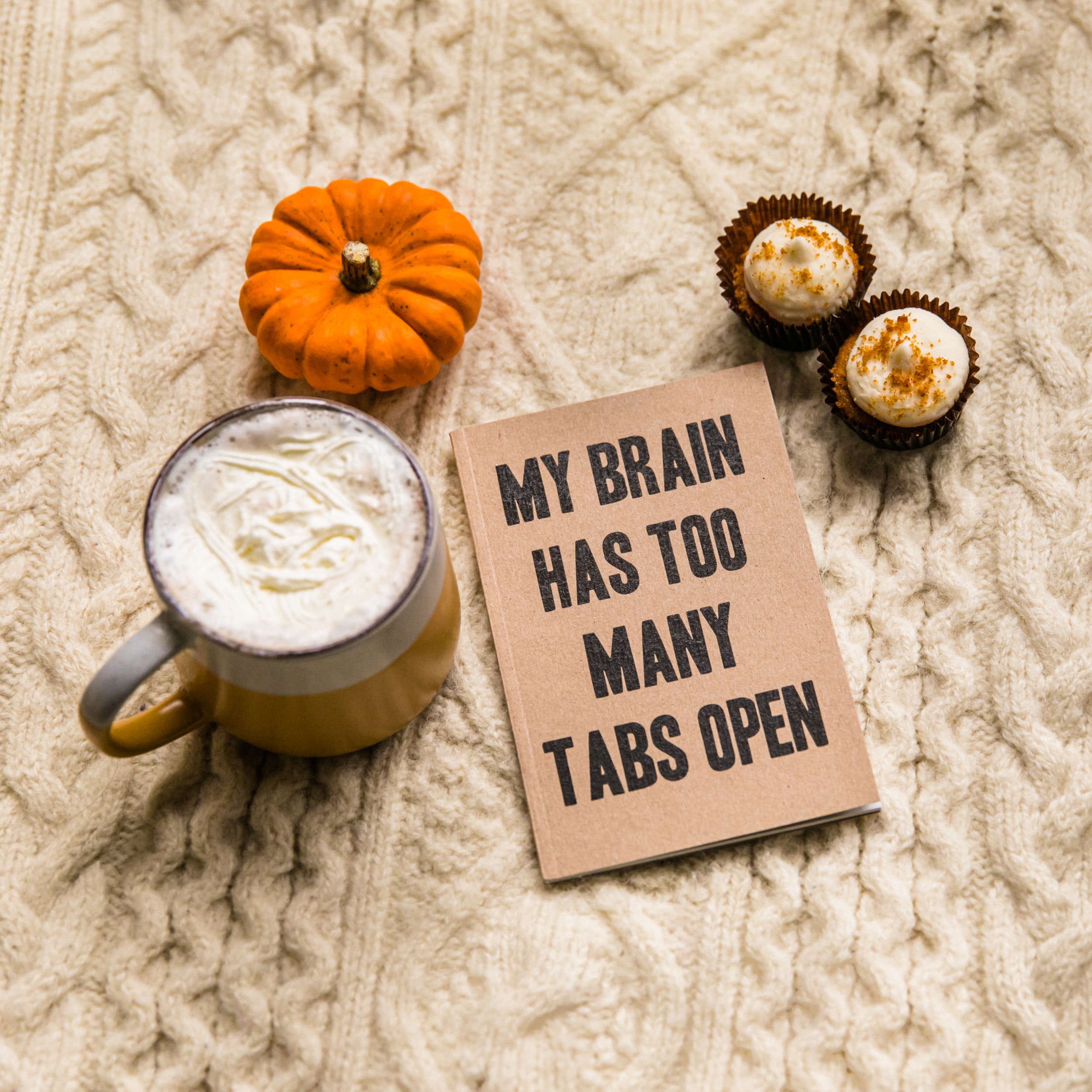Moment of Mind August 2021


Moment of Mind
In mindfulness we’re using our attention to notice the moment to moment lived experience as it moves through. The level of instability has not abated in the world and supports for the nervous system continue to be useful.
This month we've been using our senses as pathways to presence. In week 1 we explored the sense of touch on your skin, week 2 was about the senses of taste and/or smell either combined or alternated, and last week we went a bit beyond week 1 for deep pressure touch a form of nervous system support through hand hugs.
As the fall equinox approaches in September, I invite you to tune into either your sense of sight or sound as a method of returning attention to this moment. I invite you to take 15 minutes to sit outside near a tree, or look out a window and watch birds visit, or create something with your hands (crochet, needlework, a salad, a design with leaves, etc.). As you are in your 15 minutes let yourself take a few of the deepest and slowest inhalations and exhalations of your day. Then let your attention wander out of whatever the internal narrator is talking about into your sense of sight or hearing.
Creating with your hands is one way to engage the eyes and sense of touch in the present. The image above is from earlier this summer when I gathered flowers from one of the mullein volunteers in my yard. Mullein hailed from the Europe, Asia, and Africa continents before it was brought to this hemisphere. While I recognize there is a lot of pushback against some "invasive" species I raise my eyebrow in many cases because the vitriol sounds very much like the anti-immigrant sentiment, only in conservation. Conservation as a field has a long history of anti-black and anti-indigenous racism - like how the country was founded - and part of why I am in support of the idea of returning all national parks, which were established from a conservationist perspective that meant ejecting the people who lived there, back to indigenous communities.
I am trying my hand at growing items in my yard that I can eat, drink, or create with. These dried flowers are currently soaking in organic olive oil which I will combine with other items I gather to create a healing salve. All of this process I use as a method of mindfulness. Part of this is my intentionally connecting with the more than human world around me - what's growing, what's visiting the yard, and inviting my senses to interact with theirs in gratitude and care. I plan to cut blackberry canes and use them to try my hand at basketweaving for the first time.
A week ago I opened the door and felt the cool touch of air and inhaled - noticing the unmistakable scent of a cold marine front that had moved in from the coast. Where I live, here on Chinook land part of the Confederated Tribes of Grand Rhonde, we are a little more than an hour from the pacific ocean and not far from a river that flows into it. As a result, I commonly get winds coming from the east blowing along the river's path, and can notice when air drifts in from the west. How? Through my sense of smell. Your nose does not have to be your focus, go with the sense doorway that feels most skillful to hang out in.
Let your senses guide you back to your body, to what it needs, to the presence within.
I'd love to hear what you notice!
Tia
If you are looking for ways to support:
People in Haiti, also called Ayiti, the Movement for Black Lives has a list of Haitian-led organizations here.
Afghan refugees who are arriving in the US, the Afghan Health Initiative has a list of requests here.
People in Louisiana, The Foundation for Louisiana, established after Hurricane Katrina, started a recovery fund for evacuation and relief from the most recent hurricane (which made landfall on the anniversary of Katrina, heartbreakingly).
Love for Your Inner Science Activist Nerd

I haven't finished either of the two books I'm reading for this section of the newsletter (it's taking a little longer than usual, they're generating a lot of reflection). So today, in honor of the sensory theme for August, I looked up recent mindfulness research on the senses.
There have been some new findings in how mindfulness based meditation can decrease intensity and catastrophizing of pain, although not the experience of how unpleasant it is (sorry), among experienced mindfulness meditation practitioners when compared to novices. Pain catastrophizing is when the brain processes the pain in a reactive, judgemental way - and it often happens implicitly, meaning people don't realize that it's happening because it's unconscious. It's not the brain's fault - it's a habitual pattern that can shift when it comes into awareness and people realize that this tendency isn't *them*, it's just what a brain does sometimes.
The researchers found that the active practice of observing (called "cognitive defusion" to indicate that the mind is no longer fused, or identified with, the sensations or thoughts or emotions moving through) is not only useful in acceptance-based therapies or in cognitive behavioral therapy, it is also helpful in pain management, which has not been as deeply researched in this way.
The authors explain: "from the perspective of cognitive defusion, pain catastrophizing is an example of a state of high cognitive fusion, where pain-related thoughts such as “it’s killing me” or “this lasts forever” seem realistic and thus provoke fear and emotional distress20,31, and consequently pain amplification32 (Zorn et al 2021)." And on the flip side, when people learn to notice that the pain has not killed them, regardless of its intensity, and that the death by pain idea is not really happening now - it's a scary idea the mind is creating like any other thoughtmare - this helps the mind stop fusing the "I" with these thought experiences.
While this study was about pain, it reminded me very much of how anxiety used to look over here in this system. My brain used to add layers and layers of judgment about anxiety. First there was a passing emotional sensory experience. Then there was the mind telling itself that the anxiety was a problem. And then that same narrator attempted to solve the problem - one that was no longer solvable because the brain had created the entire dialogue itself. It was like tailchasing only with more suffering. These days the narration is still there - and it's a bit like the television on in the background. The body gets pulled in a little with its various feelings projected on that dramatic television....and it's less convincing that the experience is "me." Because it's not. I'm the one experiencing.
This is part of why I continue to build a business around what I consider integrated mindfulness - finding the way back to it when the mind has covered over presence. One part of this is seeing that the sensations of pain (or in my case negative doom thoughtmares that show up when I awaken and hang out throughout the day) are one experience among many others - passing, temporary, limited, and changing. That transitory nature is only apparent when it's contrasted with *also* noticing the immense, unchanging, stable state of awareness. The brain's creation of the "I" happens within the spatiousness that we are. When both are seen, the mind no longer stays fused in with these transitory experiences.
My interpretation of this research based on emotional capacity coaching is that practicing engaging attention with your senses combined with intentionally looking at the nature of the life intelligence that we all are can also be a way to support chronic pain management with diligence and practice. Researchers, and most therapists, don't always consider looking in the direction of innate life wisdom. It's what made a huge shift in my life - where I still experience anxiety daily - and it's no longer a main feature of identity.
Source: Zorn, Jelle PhD; Abdoun, Oussama PhD; Sonié, Sandrine PhD; Lutz, Antoine PhD Cognitive Defusion Is a Core Cognitive Mechanism for the Sensory-Affective Uncoupling of Pain During Mindfulness Meditation, Psychosomatic Medicine: 7/8 2021 - Volume 83 - Issue 6 - p 566-578
Get Your Park Groove On
If you haven't yet visited Champoeg Park in County, Oregon, not far off the I5 freeway, I recommend it for a way to visit multiple habitats including oak savannah, mixed fir forest, and riparian zones along a creek. The park does require a $5 entry fee (or buying an annual pass). This is a spot I've visited for some amount of evening star watching even with the surrounding area's light pollution because of its big fields.
In terms of accessibility, there are a mix of options with some paved and some not, and accessible vault toilets. There is plenty of parking, picnic benches, and there are shelters you can reserve if you want to have a family or neighborhood event.
My caveats for the area is that while it's called a "Heritage Site" based on this being the location for a first provisional government set up in 1843, there's only minimal mention of the the Kalapuya Indigenous communities who were here before the arrival of the settlers. Click on that article to get a bigger picture.
| Copyright © 2019-2021, Finding Mindful Now LLC, All rights reserved. www.findingmindfunow.com, originally published on MailChimp with information on current offerings. Some images or content lightly revised since initial publishing. |
